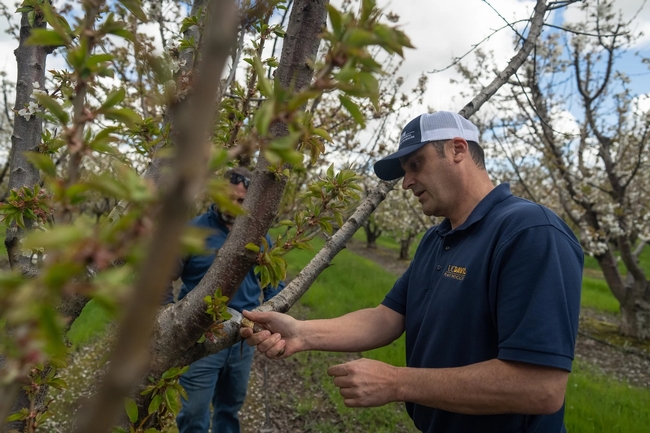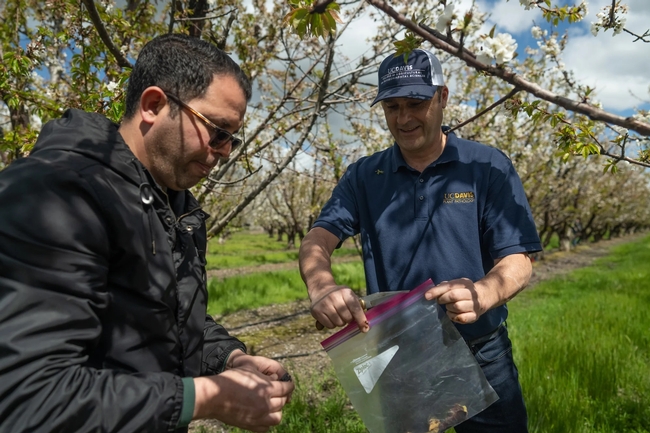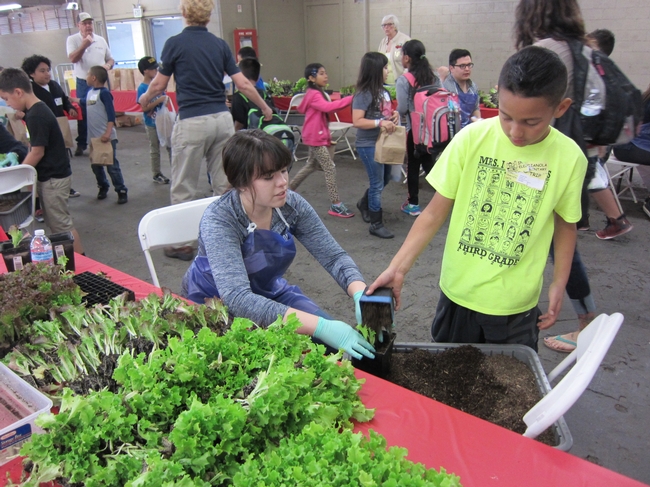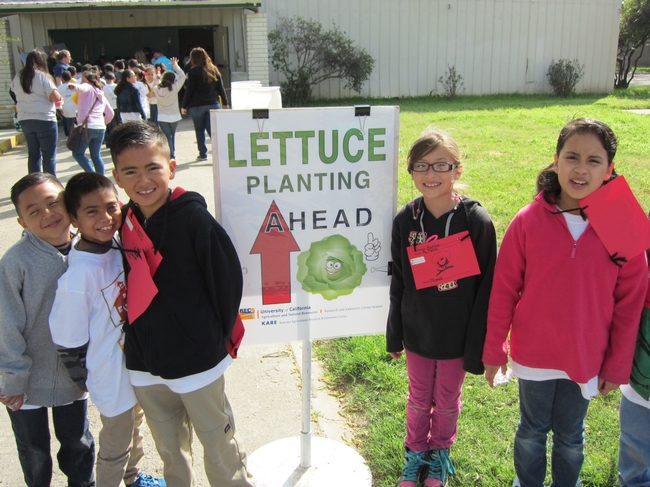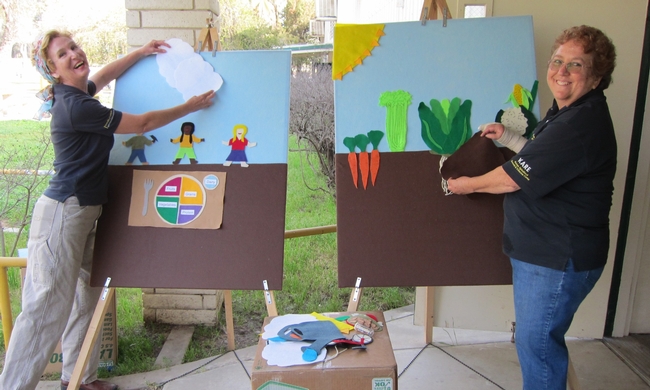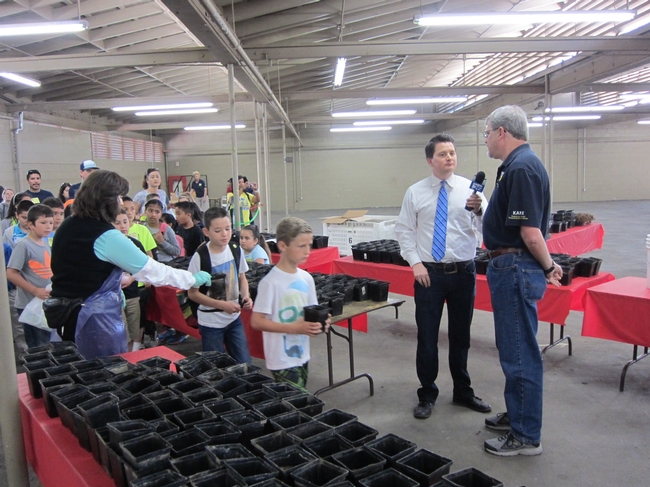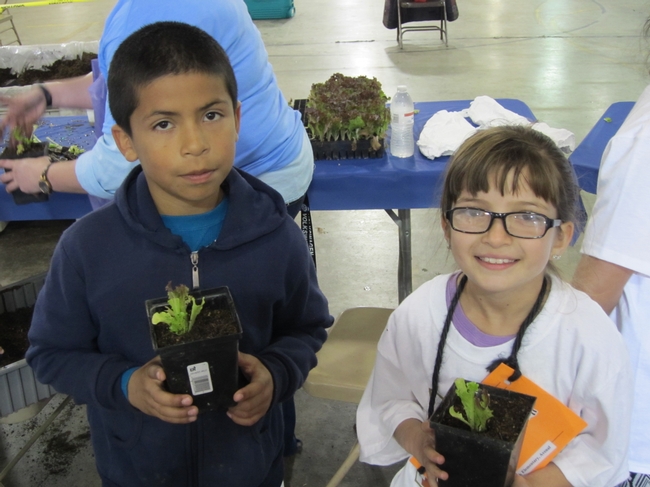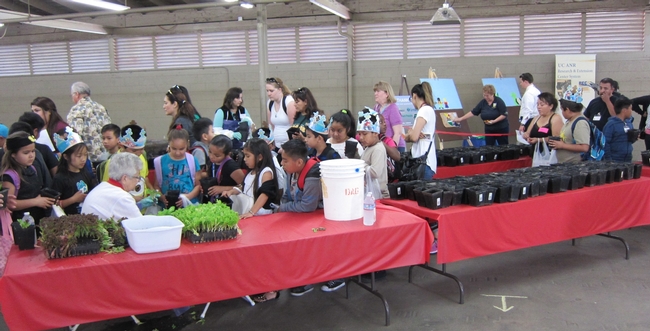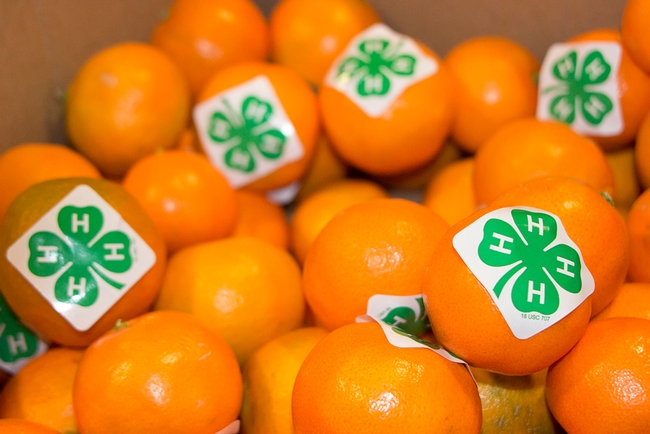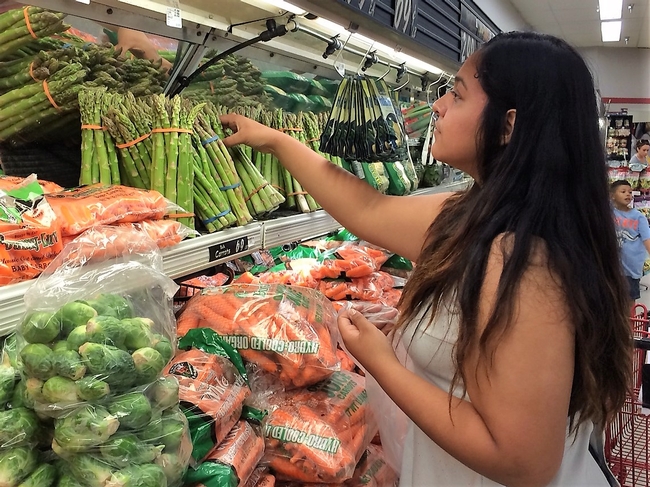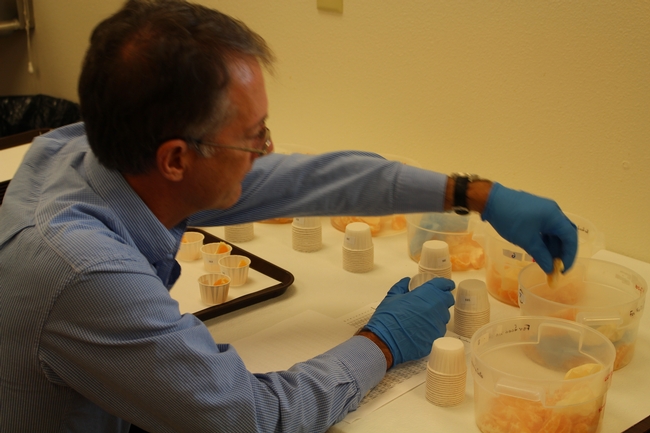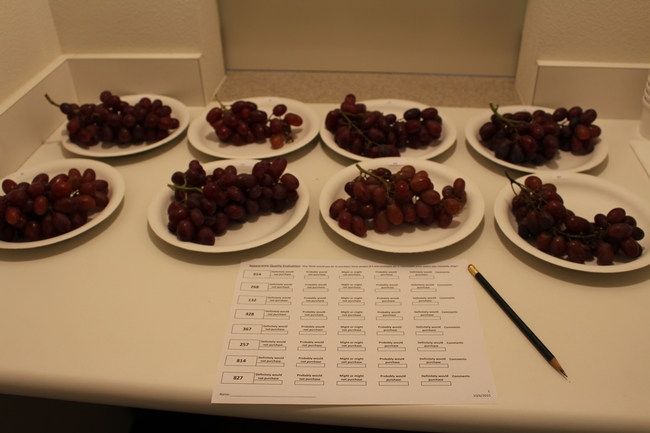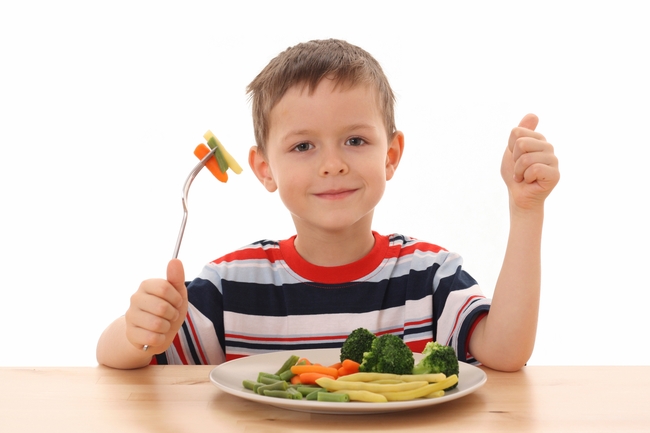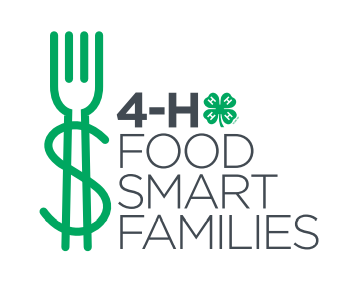Posts Tagged: Kearney
Winter atmospheric rivers gave pathogens, diseases path to infect crops
Outbreaks similar to El Niño-influenced issues of the 1990s
The wave of atmospheric rivers that swept across the state this winter has created the right conditions for plant pathogens that haven't been seen for decades in California. University of California, Davis, plant pathologist Florent “Flo” Trouillas is getting more calls from growers and farm advisors concerned about potential crop damage.
“Generally, whenever you have rain events, you're going to have problems,” said Trouillas, a Cooperative Extension specialist who is based at the Kearney Agricultural Research and Extension Center in Parlier. “In wet years we get really busy because most pathogens need and like water.”
Trouillas is like a disease detective. He splits his time between the field and the lab, working to diagnose pathogens, diseases and other ailments that strike fruit and nut crops such as almonds, cherries, olives and pistachios.
On a recent visit to an almond orchard near Fresno, Trouillas joined Mae Culumber, a nut crops farm advisor for UC Cooperative Extension Fresno County. A few weeks earlier, the two had walked the orchard, taking note of the base of some trees that had gumming — a thick, jelly-looking substance indicating a pathogen had taken hold.
“A lot of what Florent is doing is trying to assess patterns on a landscape,” Culumber said. “Sometimes things may look like they are one thing, but it could be another problem.”
When the two returned weeks later, the amber-colored gumming had moved into the canopy, looking like gumballs stuck to branches, some of which were already dead. “It's getting out of control from before,” Trouillas says. “This branch was killed. This is widespread.”
From the field to the lab
Lab testing confirmed what Trouillas believed was the culprit: Phytophthora syringae, a pathogen that can affect almond crops but is rarely seen in California. If it is found, generally the site of infection are wounds caused by pruning, but that is not the case here, where the infection began in the canopy at twigs, or small branches.
It is a threat to a key crop, which according to the California Department of Food and Agriculture, generates $5 billion annually. The last time Phytophthora syringae hit California was in the 1990s after a series of El Niño-influenced storms. Trouillas, who has a photographic memory, remembered reading about it in an old manual.
“It's rare for California and one that we see mostly following atmospheric rivers,” he says.
“The disease will only happen following these extremely wet winters.”
Phytophthora is soilborne, mostly found in tree roots, and doesn't generally spread up into branches. But the intense storms created the right conditions for the pathogen to “swim” up trunks as winds blew spores into the air and rain dropped them back down into the canopy, Trouillas said.
Some of the trees in this orchard will die; others can be saved by pruning infected branches and applying a recommended fungicide, he said.
Identification, diagnosis, education
Trouillas is one of more than 50 Cooperative Extension specialists at UC Davis and each is charged with identifying problems and developing solutions for those issues in support of agriculture, the ecosystem and communities throughout the state.
In his role, Trouillas focuses not only on pathology and research but also on educating growers, nursery staff, pest control advisers and others in agriculture about ways to manage potential threats and how to prevent crop damage.
“His role is very crucial,” said Mohammad Yaghmour, an orchard systems advisor for UC Cooperative Extension Kern County. “He's not only on this mission to educate growers but he's also a source of education for us.”
Trouillas typically conducts one or two site visits a week, usually after a farm advisor reaches out about a problem they can't solve on their own.
“This allows us to be at the forefront of disease detections in California,” he said.
He likens these visits to house calls a doctor would make, only to fields instead. And one of those calls recently took him to a cherry orchard in Lodi.
“These guys help me quite a bit,” said Andrew Vignolo, a pest control adviser with Wilbur-Ellis who asked for a consult. “I bug them a lot.”
The visit starts like any consult in a doctor's office, only the questions come fast as they walk around the Lodi orchard where branches are dying, there is gumming and the trees appear stressed. Some look to be sunburned from exposure. Old pruning wounds show cankers, indicating that past disease treatments didn't get rid of whatever was affecting the trees.
Trouillas asks about the cultivar of the trees because some varieties are more susceptible to pests or diseases. He focuses on stress because that opens the door to disease.
Do they prune in the dormant winter months or in summer when pathogens are more prevalent? Does the soil get tested? How old are the trees? What about nutrition?
“I'm trying to figure out how they got infected so bad,” Trouillas said, walking the orchard. “Bacterial canker is a very mysterious disease.”
He thinks it might be a bacterial canker disease and shaves some bark to take to the lab for testing. He wants to come back next winter to take some samples to see where the pathogen is overwintering.
“We'll know in a few weeks if we have a fighting chance,” Vignolo said.
Be it Lodi, Fresno or elsewhere in the state, Trouillas focuses on local conditions. But what is learned in one field can be passed on to others, providing early warnings or advice for those in similar situations. “All these efforts at collaboration, from the field, to the lab, going through research projects, there's only one goal here — to help the farmers of California.”
'Agriculture: Food for Life' is the theme of National Ag Week
How are you celebrating American agriculture in your life? In advance of National Ag Week, March 19-25, and National Ag Day, March 21, Central Valley third-grade students were “learning with lettuce” how to bring more agriculture into their lives last week. The UC Kearney Agricultural Research and Extension Center offers the free lettuce plantings every year at Farm and Nutrition Day in Fresno County and Kings County, typically around the time of National Ag Week.
Students with the help of volunteers learned how to plant tiny lettuce seedlings into a pot of healthy soil to take home for transplanting later. In addition to helping the students connect their food to agriculture, the lettuce planting offered an engaging, hands-on experience growing healthy and nutritious food at home.
National Ag Week is a nationwide effort coordinated by the Agriculture Council of America to tell the vital story of American agriculture and remind citizens that agriculture is a part of all of us. National Ag Day encourages every American to:
• Understand how food and fiber products are produced.
• Appreciate the role agriculture plays in providing safe, abundant and affordable products.
• Value the essential role of agriculture in maintaining a strong economy.
• Acknowledge and consider career opportunities in the agriculture, food and fiber industry.
Each American farmer feeds about 144 people. As the world population soars, there is even greater demand for the food, fiber and renewable resources produced in the United States. Agriculture is this nation's #1 export and incredibly important in sustaining a healthy economy. That's why National Ag Week is a great time to reflect on and be grateful for American agriculture.
Teens put their food smarts to the test
Grocery shopping can be the most anticipated or the most dreaded necessity of daily life. A trip to the market can end with a smile over the thrill of victory from finding great bargains or end with a frown from the agony of defeat over budget anxieties. For most of us, budget is the primary factor in our food experiences. Low budget or no budget is often the culprit that leads to unhealthy food choices.
Armed with nutrition knowledge acquired through the University of California 4-H Food Smart Families program with the UC Kearney Agricultural Research and Extension Center, teens from Parlier High School in Fresno County are teaching Parlier youth ages 8-12 how to get around budget roadblocks on the path to healthy eating. The program uses a “Teens as Teachers” approach, with teens educating younger youth through a series of hands-on, interactive nutrition lessons after school.
Food connections to local agriculture are highlighted through the partnership with the UC Kearney Agricultural Research and Extension Center. The center will host agriculture tours and family nutrition education activities at a Wellness Fair later this month to wrap up the program.
According to recent United States Department of Agriculture studies, nearly 16 million children live in households where they do not have consistent access to food throughout the year.
UC 4-H Food Smart Families empowers families through food knowledge and education to build sustainable solutions that confront food insecurity and improve health. Youth are engaged at a critical age for growing skills and establishing behaviors today that become sustainable, healthy habits for their families and communities tomorrow. Youth learn they can prepare food themselves and parents learn about working together as a family to plan healthy meals.
Teen teachers put their new skills to the test on a recent field trip to the local grocery store. After a store tour and 4-H training on perimeter shopping, unit pricing and the downfalls of impulse buying, they were given a shopping challenge. The goal was to purchase, within the assigned budget, three items from each of the vegetable, fruit, grain, dairy and protein food groups to create healthy meals at home. As the teens had been learning while teaching their younger counterparts, eating healthy on a budget is achievable with a little nutrition education and careful planning.
Thoughtful discussions, and sometimes passionate debates, ranging from whole grain pasta versus whole wheat pasta to the tasty virtues of hummus, mixed with youthful laughter. The teens were pleasantly surprised to discover they had additional budget to spare. Return trips were made to the produce department for more fruit, vegetables and even hummus.
Comments from the teens told the story of their success. “Now I know what my mom has to go through when she's shopping for food,” and “Look at my cart. Food Smart Families is really influencing me!” Who knew grocery shopping could be so much fun?
The USDA Center for Nutrition Policy and Promotion offers these 10 tips for affordable vegetables and fruits:
• Use fresh vegetables and fruits that are in season.
• Check your local newspaper, online and at the store for sales, coupons and specials.
• Plan out your meals ahead of time and make a grocery list.
• Compare the price and number of servings from fresh, canned and frozen forms of the same vegetable or fruit.
• Buy small amounts more often to ensure you can eat the foods without throwing any away.
• For fresh vegetables or fruits you use often, a large size bag is the better buy.
• Opt for store brands when possible.
• Buy vegetables and fruits in their simplest form.
• Start a garden for fresh, inexpensive, flavorful additions to meals.
• Prepare and freeze vegetable soups, stews or other dishes in advance.
The science of sensory evaluation
Your sense of taste, smell, sight, hearing and touch sends signals to your brain that the holiday feasting season has arrived. These basic senses are the tools that influence how much you like – or dislike – the foods you eat.
Sensory evaluation also has practical applications in agriculture. UC Agriculture and Natural Resources researchers and their colleagues often conduct sensory panels for specific food crop studies. Recently volunteer evaluators filed into the sensory evaluation lab at the UC Kearney Agricultural Research and Extension Center to participate in a grape sensory panel. UC researcher Mary Lu Arpaia and USDA researcher David Obenland collected data for a study on the impacts of various storage conditions on grape varieties.
Evaluators tasted grape samples and recorded their responses to appearance, taste and texture. Samples given to each evaluator were randomly ordered to eliminate bias in the test results. Evaluators were instructed to sip water between tastings to cleanse the palate. Evaluation procedures can vary slightly from product to product. When sensory panels are conducted for avocados, evaluators are instructed to munch on raw carrots before sipping water due to the oil in avocados. The coarse texture of carrots more fully cleanses the palate between avocado tastings. Other sensory panels have been conducted on citrus.
“There's a bit of psychology involved as well. How the product looks can influence your perception of how it tastes. To further eliminate bias, evaluators are intentionally isolated in individual stations so as not to be influenced by their neighbors' reactions,” explained David Obenland.
Sensory evaluation is used by commodity groups like the Table Grape Commission too. Data collected from a grape sensory panel provides important feedback to growers to identify factors that will inform marketing strategies and produce a quality product that consumers are more likely to buy. Evaluators can be recruited from industry groups, in which case they are considered to be “semi-experts,” or from the general public which are classified as “true consumers.”
The sensory evaluation lab at the Kearney Agricultural REC reflects the current philosophy of fruit commodity research that the industry's focus should be on sensory evaluation, from new pest management to horticultural practices to varietal improvements. The lab was completed and dedicated in April 2008 with support from the California Avocado Inspection Committee, Citrus Research Board, Food Machinery Corporation, Peach, Plum and Nectarine Growers of California, Sunkist and Table Grape Commission.
Author: Roberta Barton
Empowering California youth through food smart families
We are what we eat. Unfortunately, we don't always make the best food choices. Sometimes it's simply a lack of will power. In communities struggling with high poverty rates, it's often the result of low incomes and limited food options. Dangerously high obesity rates, especially among youth, are a major public health concern in the United States.
The health of California youth reflects this disturbing national trend. To address the challenge of childhood obesity statewide, the California 4-H Food Smart Families program will be implemented at four sites in Fresno, Orange, Sutter-Yuba and Tulare counties this year. Additional UC partners will include the Expanded Food and Nutrition Education Program (EFNEP) and CalFresh.
Youth need to increase consumption of dark green veggies and whole grains, and decrease intake of sugar and saturated fats. The objective of California 4-H Food Smart Families is to increase knowledge and create behavior change related to nutrition, cooking, gardening, physical activity and food preparation. The program engages youth 8 to 12 years old and teens in 4-H Healthy Living programming. Youth will be directly reached through lessons delivered at after-school sites, low-resource elementary schools and organized field days at four UC Agriculture and Natural Resources Research and Extension Centers (REC): Kearney REC in Parlier, South Coast REC in Irvine, Sierra Foothill REC in Browns Valley and Lindcove REC in Exeter. The program is structured around positive youth development curricula and practices which provide an intensive engagement of underserved children, teens, families and other stakeholders. Local 4-H teens will be recruited and trained to deliver programs and assume leadership roles.
The National 4-H Council partnered with the ConAgra Food Foundation to launch the national 4-H Food Smart Families program in 2014. ConAgra sponsored funding to award grants to five states for program implementation. This year, in addition to the original five states, California and Louisiana were awarded grants as new participants. Inclusion of the UC Research and Extension Centers in the California program is a new model that organizers hope will be replicated elsewhere. Youth and families who visit the centers will witness first-hand not only how food is grown, but also the science behind it. Center specific lessons may be added to highlight the unique nature of local agriculture and natural resources and the food crops cultivated and studied at each center.
Programming at California sites will get underway this fall and will continue through the school year. Look for more exciting California 4-H Food Smart Families news in the coming months as programming and activities kick into high gear.
Author: Roberta Barton


